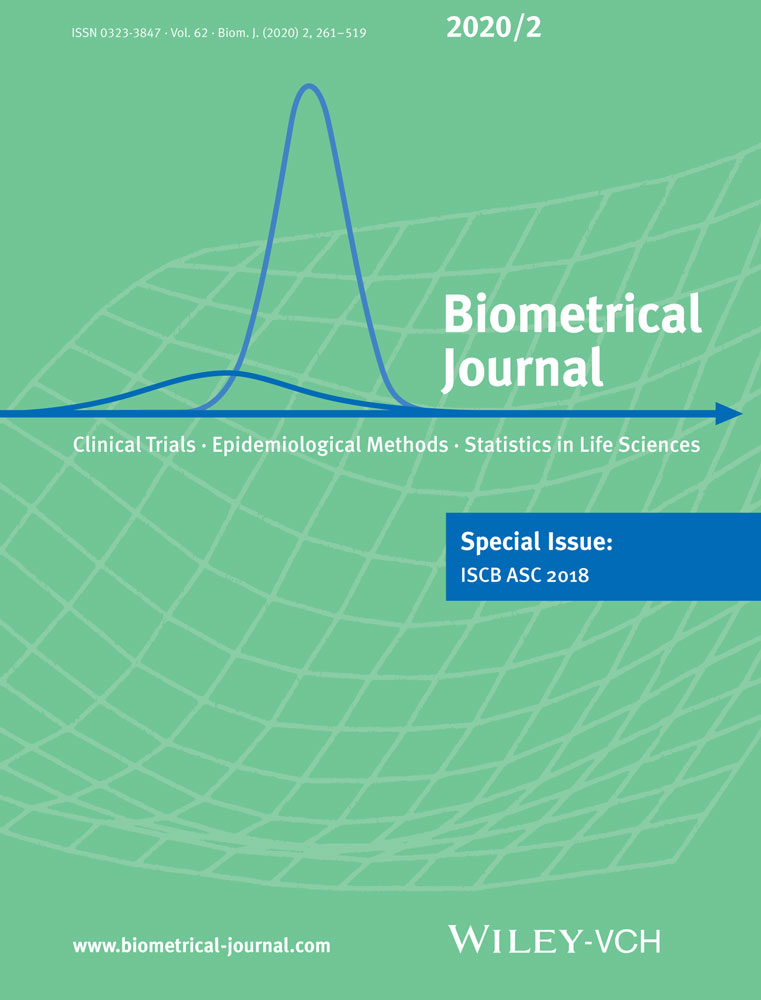Multilevel regression and poststratification as a modeling approach for estimating population quantities in large population health studies: A simulation study
Abstract
There are now a growing number of applications of multilevel regression and poststratification (MRP) in population health and epidemiological studies. MRP uses multilevel regression to model individual survey responses as a function of demographic and geographic covariates. Estimated mean outcome values for each demographic–geographic respondent subtype are then weighted by the proportions of each subtype in the population to produce an overall population-level estimate. We recently reported an extensive case study of a large nationwide survey and found that MRP performed favorably compared to conventional survey sampling weights for the estimation of population descriptive quantities in a highly selected sample. In this study, we aimed to evaluate, by way of a simulation experiment, both the accuracy and precision of MRP versus survey sampling weights in the context of large population health studies. While much of the research into MRP has been focused on U.S. political and social science, we considered an alternative population structure of smaller size and with notably fewer geographic subsets. We explored the impact on MRP performance of sample size, model misspecification, interactions, and the addition of a geographic-level covariate. MRP was found to achieve generally superior performance in both accuracy and precision at both the national and state levels. Results were generally robust to model misspecification, and MRP performance was further improved by the inclusion of a geographic-level covariate. These findings offer further evidence that MRP provides a promising analytic approach for addressing participation bias in the estimation of population descriptive quantities from large-scale health surveys and cohort studies.
CONFLICT OF INTEREST
The authors have declared no conflict of interest.




